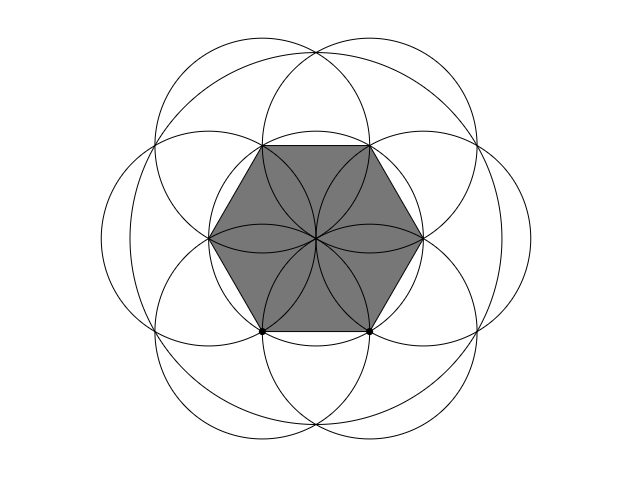I recently facilitated a workshop on social media for a school. I created two short videos to act as discussion starters, and then I created a workshop structure around the video clips that the school could use to facilitate the discussion with their students.
Outline of a workshop for students on social media:
-
Introduce me (Optional):
David Wees works with New Visions for Public Schools in the a2i project. He spent the last four years working as a educational technology expert for a school in Vancouver, Canada. One interesting fact about David; he has lived and worked in four different countries. He is going to share some information he has learned about social media with us today, with video two short videos he created.
-
Show the clip titled: “Social Media Part 1”
(Optional: Start with students sharing out what they know about the Internet and social media first) -
Discussion (have students work in groups of 3 or 4 students) – 5 minutes or so
Some possible questions:
Print the following questions for students to talk about (add more questions as you see fit)
What kinds of things have I posted online?
Who can access these things?
What can I do to limit access to things I post online?
What could happen to me if I post things online? -
Whole group discussion (5 minutes or so)
Have different groups share out points from their discussion.
-
Show the clip titled: “Social Media Part 2”
-
Discussion (have students work in groups of 3 or 4 students) – 5 minutes or so
What is in my digital footprint?
What can I do to build a stronger, more positive digital footprint for the future?
What kinds of things should I avoid doing?
What kinds of things should I make sure I do? -
Whole group discussion (5 minutes or so)
Some possible questions:
(Recommended: Make a chart for the whole room to see of the positive and negative things about sharing stuff online)What are some positive things we can share?
What are the some of the negative things we should avoid sharing?
What can we do if we find out someone else is sharing negative stuff about us?
What is the relationship between what we share, and what people think of us? -
Exit slip:
Have students write down three things they learned from the workshop today. Read what they wrote and use it to inform a future follow-up session on social media.
*Note that I have very much simplified the “how the Internet works” portion of the video as my aim is to get kids talking about it rather than knowing all of the technical details.




